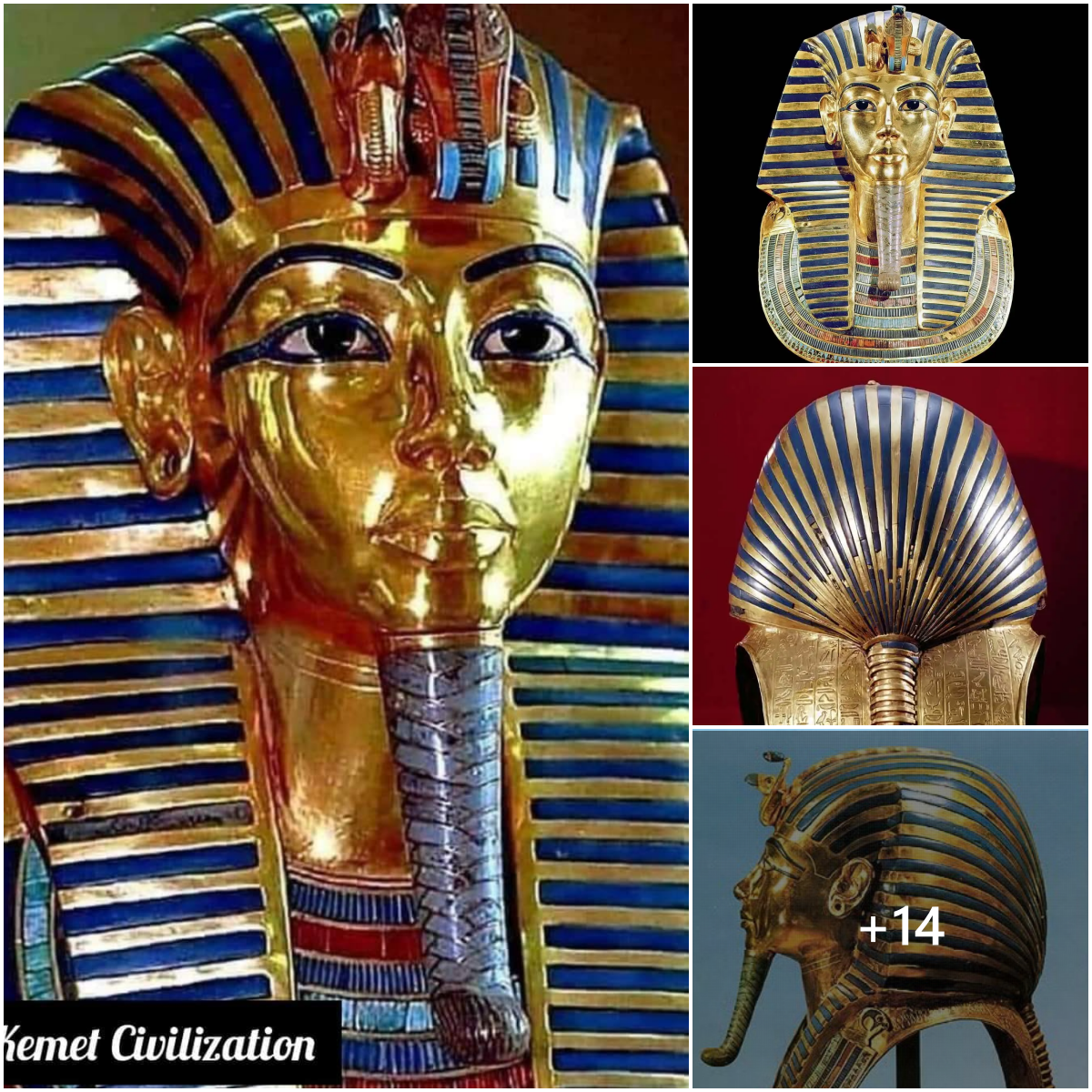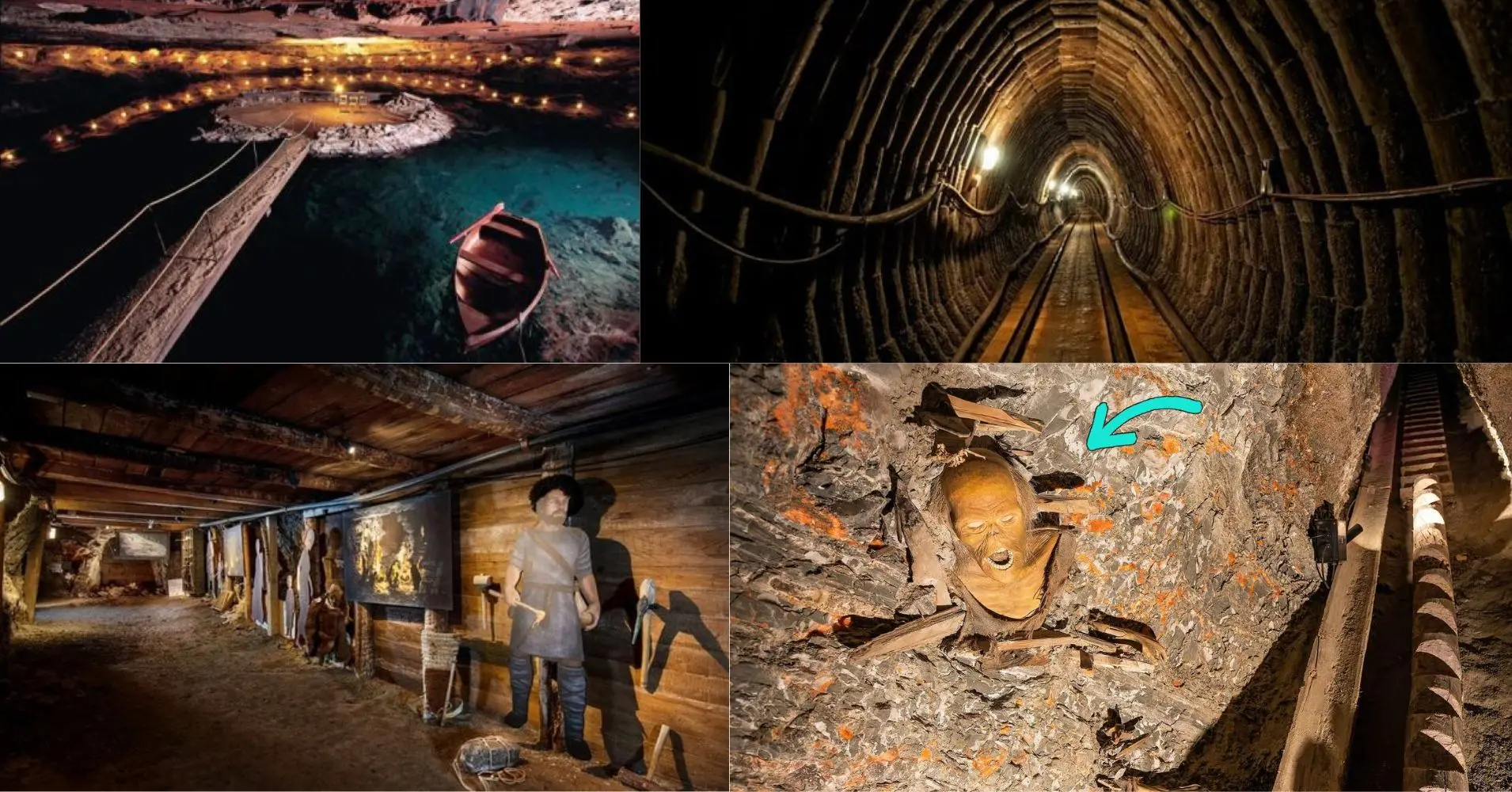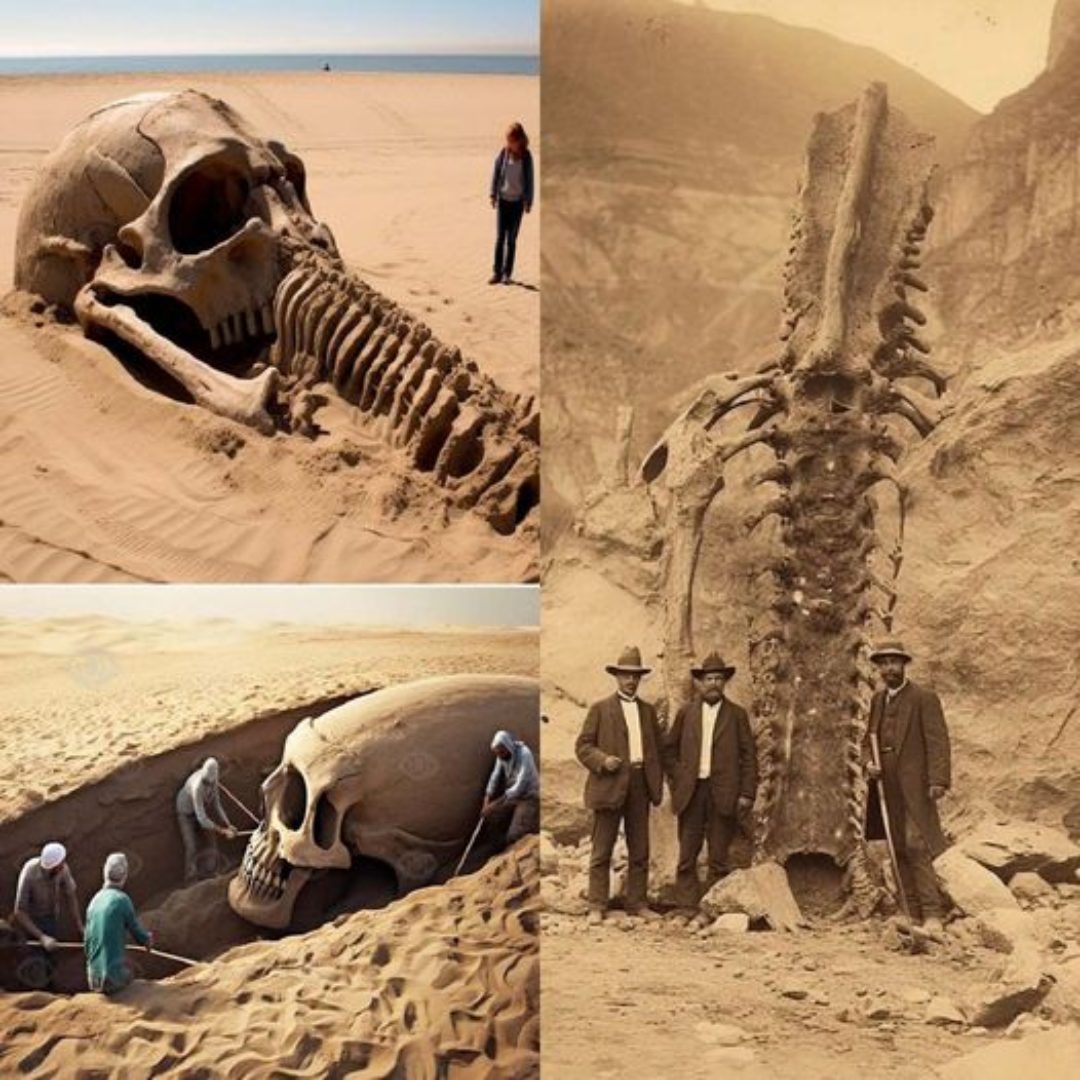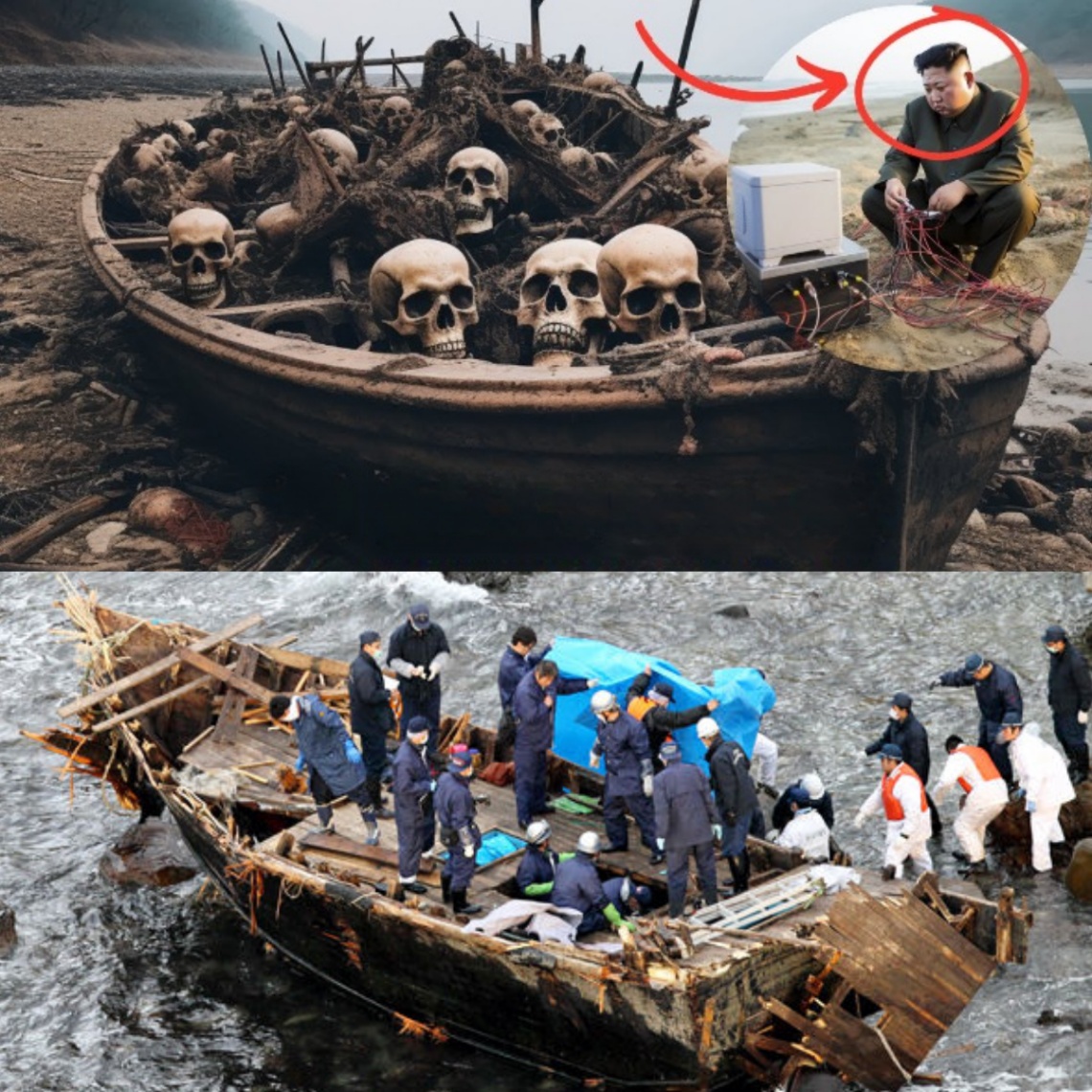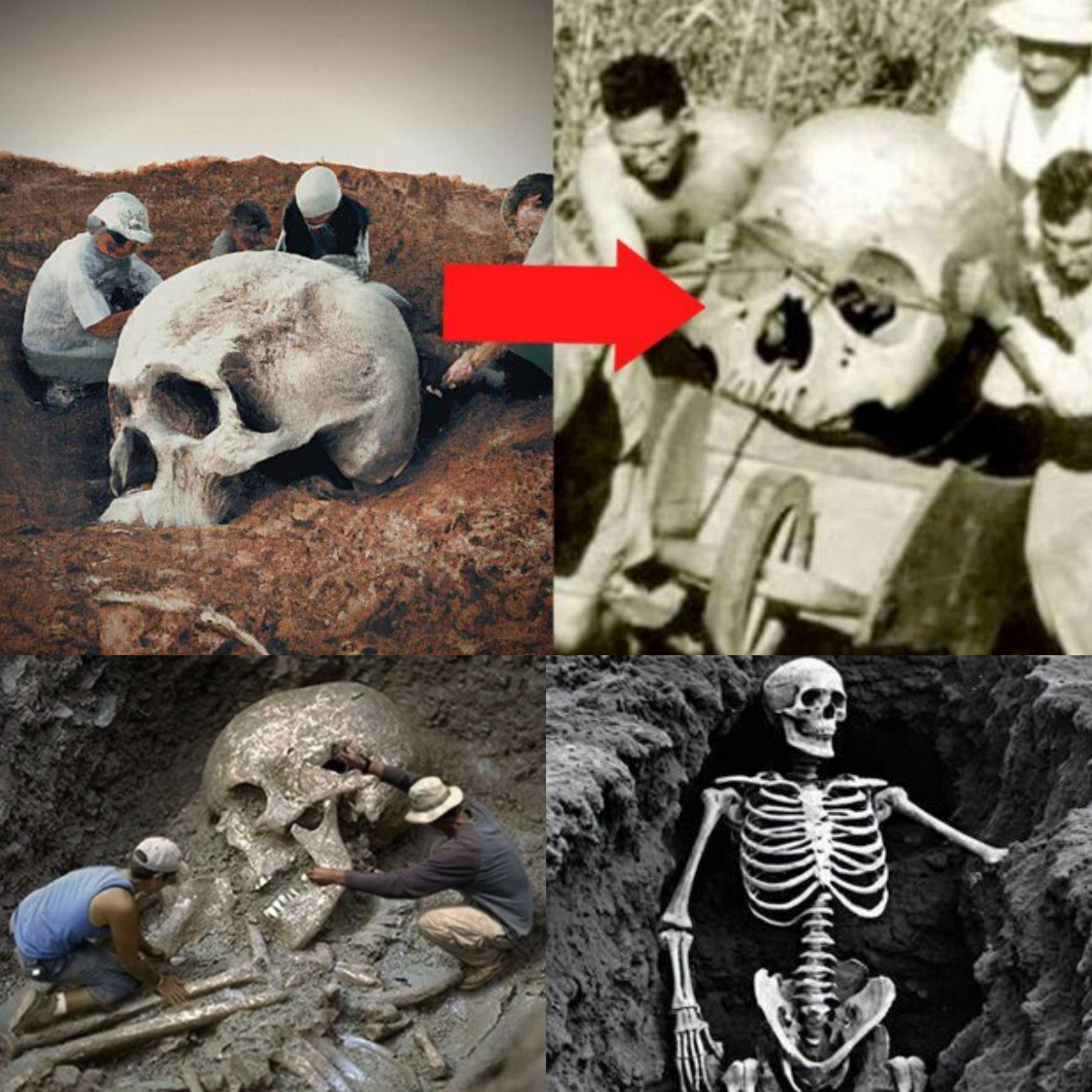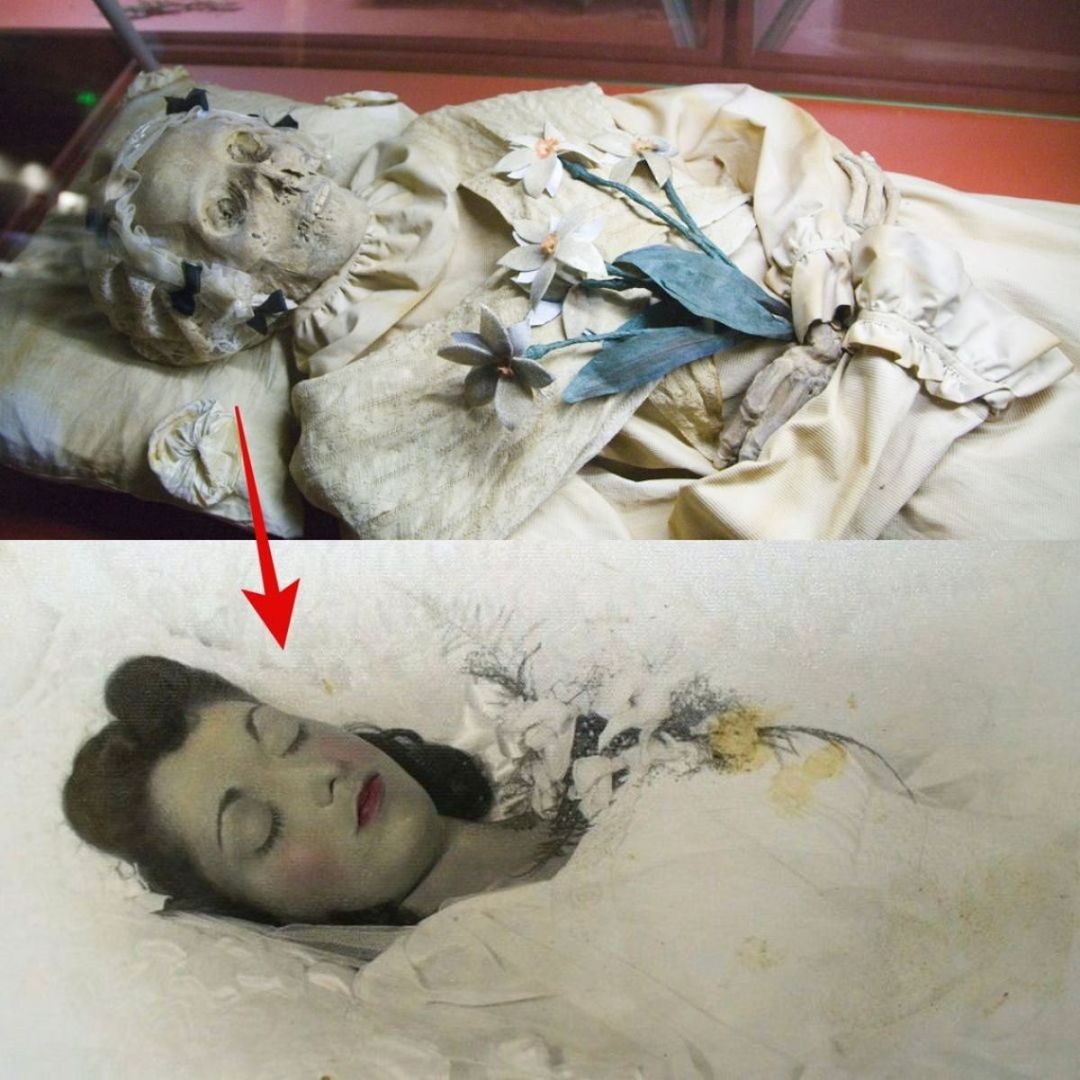Coinciding with our author’s 60th birthday today (many happy returns, Mr. Carr!), I have something a little different to offer for 17th Street’s visitors this week. For the past three months, I have been away from my Australian home and hearth for work-related travel in Canada. Given my close proximity to New York during this trip, I decided to take the opportunity to add on two weeks of pleasure-related travel at the end of the trip for a holiday in New York City — my first ever visit to the city! The following two-part blog series documents the Alienist-related components of my travel. Although I have tried to focus these blogs on locations visited during the books, I have also included a few other historical attractions that might be of interest to readers of the Alienist books even though they are not directly relevant to the books. So, without further ado, I invite you to join me as I follow the footsteps of Dr. Kreizler and the rest of the team on my holiday in Canada and New York.
The Bata Shoe Museum
The first attraction that I want to document might be the only one not located in New York state, but it is also the only one that quite literally involves following the footsteps of Dr. Kreizler — or, at least, Sara Howard. Those of you who have ever visited the History section of 17th Street will know that I have long adored historical clothing, particularly 19th century clothing, so you can imagine my excitement when I saw, on my final day in Toronto, that the Bata Shoe Museum was featuring an exhibition (until June of 2016) on “the pleasures and perils of dress in the 19th century.” The “Fashion Victims” exhibition showcases the Bata Shoe Museum’s collection of 19th century footwear along with a smaller but no less stunning array of matching dresses and under garments, including a pair of the Empress Elisabeth of Austria’s impossibly narrow shoes and gloves, and a beautiful but deadly Emerald green ball gown containing arsenic.
Although the exhibition featured footwear and clothing from as early as 1820, the photos I have shown here are a small selection of my favourite footwear exhibited from the late 19th century, not unlike those Sara would have kept in her wardrobe for more formal occasions; she presumably would have also kept a wide selection of more practical footwear for her day to day and sporting activities — not to mention the nail-studded climber’s boots we see her don in Chapter 2 of The Angel of Darkness. From left to right, the photos shown below include: a pair of elegant embroidered boots created by the firm of the most famous French shoe manufacturer of the late 19th century, Jean-Louis Francois Pinet, from approximately 1885; a pair of calf-hugging handmade, bespoke Swedish or German boots designed to look like a stockinged leg from the 1890s; a pair of button boots made with brocaded fabric (an alternative to the embroidery seen on the other boots in these photos) from the 1870s; a mass-produced boot made by the Parisian shoe manufacturer L. P. Perchellet with its original shoe box from 1875; and a stunning embroidered boot also created by Jean-Louis Francois Pinet from the 1880s.
In addition to the Fashion Victims exhibition (worth the price of admission alone), while I was there the museum also featured exhibitions of footwear through the ages, “the curious history of men in heels,” footwear of famous individuals donated to the museum, and something that probably would have been of great interest to Franz Boas and Clark Wissler: an exhibition of native North American footwear. As enjoyable as those exhibitions all were, as they weren’t relevant to the Alienist books I haven’t included any photos here. However, if you happen to be in Toronto at any stage in the future and have an interest in historical clothing, I can highly recommend that you allocate half a day to visit the museum. It was, without question, one of the highlights of my three month trip.
